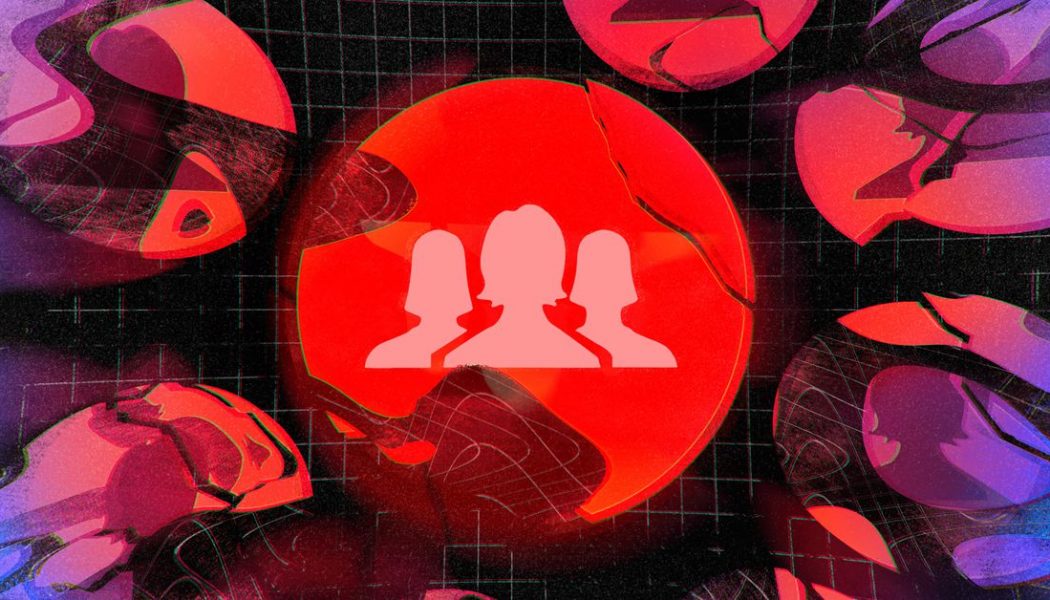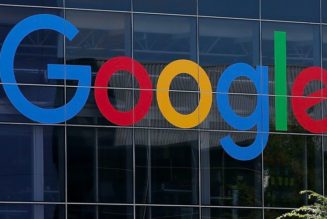
As many predicted it would, the outcome of the 2020 election is taking many days to determine. A surge of misinformation on social networks, led by President Trump and his family, has challenged social networks’ content policies and drawn fresh attention to their enforcement capabilities. It’s too early to answer whether the platforms have risen fully to the 2020 challenge. Given the bellicose nature of the Trumps’ pronouncements this week, their hardest work is very likely still ahead of them.
But in the meantime, I think it’s not too early to ask a related question: how did platforms handle the 2016 challenge in 2020?
After all, it was the aftermath of Trump’s election win that reshaped public opinion about tech platforms, drew broad regulatory scrutiny around the world, and spurred the companies to reshape their policy and content moderation efforts. Now that all of the ballots have been cast, if not quite tallied, how did platforms rise to the challenge?
There were two major problems that became visible in the immediate aftermath of 2016. (A third — data privacy — popped up about a year later in the form of Cambridge Analytica. But data privacy wasn’t really a campaign story this year.)
The first problem is that what came to be called “fake news” — false and hyper-partisan stories, published both by political operatives and profit-hungry spammers — had overwhelmed Facebook. These stories often outperformed real news stories, generating millions of interactions throughout the campaign. Subsequent research found that while fake news likely did not change many votes, it may have accelerated polarization in the United States.
Perhaps worse, from Facebook’s perspective, fake news created a brand problem. If the company’s chief cash cow, the News Feed, came to be seen as a welcome home for hoaxes and spam, the company’s long-term fortunes could be imperiled. And so Facebook developed partnerships with a bipartisan network of fact-checkers, added prominent labels to disputed stories, and changed the News Feed algorithm to favor posts from friends over links from publishers.
The result? The News Feed is no longer hospitable to Macedonian teens looking to turn a quick profit by exploiting America’s partisan divide. And whatever the outcome of the 2020 election, it seems unlikely that “fake news” will be identified as a primary reason anybody won — at least, not of the troll-farm variety that got us all so worked up in 2016.
In the 2020 election, misinformation may have been more likely to spread via robocall, text message, and email than it was via social network. That suggests bad actors increasingly find Facebook and Twitter too expensive or time-consuming to use to spread hoaxes, which is just what those platforms had hoped for when they began working on integrity efforts.
That’s the good news. The bad news is that Facebook is far from a healthy information environment. New York Times journalist Kevin Roose has documented that conservative outrage bait often dominates the top stories of the day in total number of interactions. And while Facebook argues that those interactions don’t accurately reflect what most people see in the News Feed, the company also hasn’t offered any ways for the public or researchers to see that data for themselves. And so what we do know of news on Facebook is that the popular stuff tends to be more partisan than not. Basically everything else is still a question mark.
At the same time, we also now know that whatever false claims social networks amplify, the claims typically do not originate there. As I wrote in the first edition of Platformer, research on disinformation about mail-in voting shows that conspiracy theories travel much more effectively via mass media than they do on tech platforms. (Though the platforms play an important supporting role.)
Meanwhile, tens of thousands of journalists have lost their jobs around the country over the past decade. (Something that platforms’ success in disrupting the digital advertising market had a crucial hand in.) It’s hard to think of a more banal conclusion to a topic like this complicated than to say, with a furrowed brow, “a more holistic approach is needed.” But it is!
The second major problem that Facebook uncovered in 2016 was, famously, foreign interference on the platform. A Kremlin-linked troll farm known as the Internet Research Agency sought to sow division in America, using fake accounts to promote pages encouraging Texas to secede, Black voters to stay home, and protesters and counter-protesters to show up at the same real-world rallies. Those moves were part of a larger Russian campaign to interfere with the election, which also included hacking the Democratic National Committee and disseminating their emails to media outlets.
In response, Facebook dramatically expanded its teams working on what it called “platform integrity.” Between full-time employees and contractors working on content moderation, the team swelled to more than 30,000 people by the end of 2018. Among its hires were former US intelligence agency workers who helped Facebook root out influence operations. They began regularly reporting on takedowns at home and abroad. By September of this year, Facebook had taken down a dozen new campaigns from Russia’s IRA alone.
Again: this is good news. But by the 2020 campaign, there was no longer any need for a Russian influence operation to sow discord here. The discord was all homegrown, and the president issued a series of autocratic social media posts demanding that the vote count be stopped before it was complete and baselessly asserting that he had been the victim of fraud.
“Nothing that Russia or Iran or China could say is anywhere near as wild as what the president is saying,” Clint Watts, a former FBI agent who tracks foreign disinformation, told NBC. “We cannot say this time that Russia, Iran or China interfered in a significant way. They don’t need to write fake news this time — we’re making plenty of fake news of our own.”
In short, Facebook and Twitter — and, to a lesser extent, YouTube — met two of the key challenges revealed by the 2016 election. But in 2020, those issues can now be recognized as minor symptoms of much larger problems. And it’s not at all clear that the platforms are in a position to solve them.
It’s one thing to stop misinformation when it’s coming from Macedonian teenagers; it’s quite another to stop it when it’s coming from the president of the United States. Despite heavy political pressure, both Facebook and Twitter have intervened repeatedly this week to remove and label the president’s false tweets claiming he already won the election. But his message has spread nonetheless, particularly on YouTube, which has no policy against claiming premature victory.
Trump’s message spread because disinformation is an effective political strategy. If you lie constantly — and are supported by a network of enablers, cable news networks, talk radio, and platform amplification and recommendation algorithms — you can amass a huge following. Take your lies to live television, which will air your baseless claims in real time, and you can build it even more.
And so while neither fake news nor foreign influence operations decided the 2020 election, another kind of influence operation made and continues to make use of Facebook, Twitter, and YouTube every day. The platforms are handmaidens in the spread of hyper-partisan information — indeed, in many ways, they optimize for it.
And on that front, 2016 and 2020 don’t look very different at all.
This column was co-published with Platformer, a daily newsletter about Big Tech and democracy.









